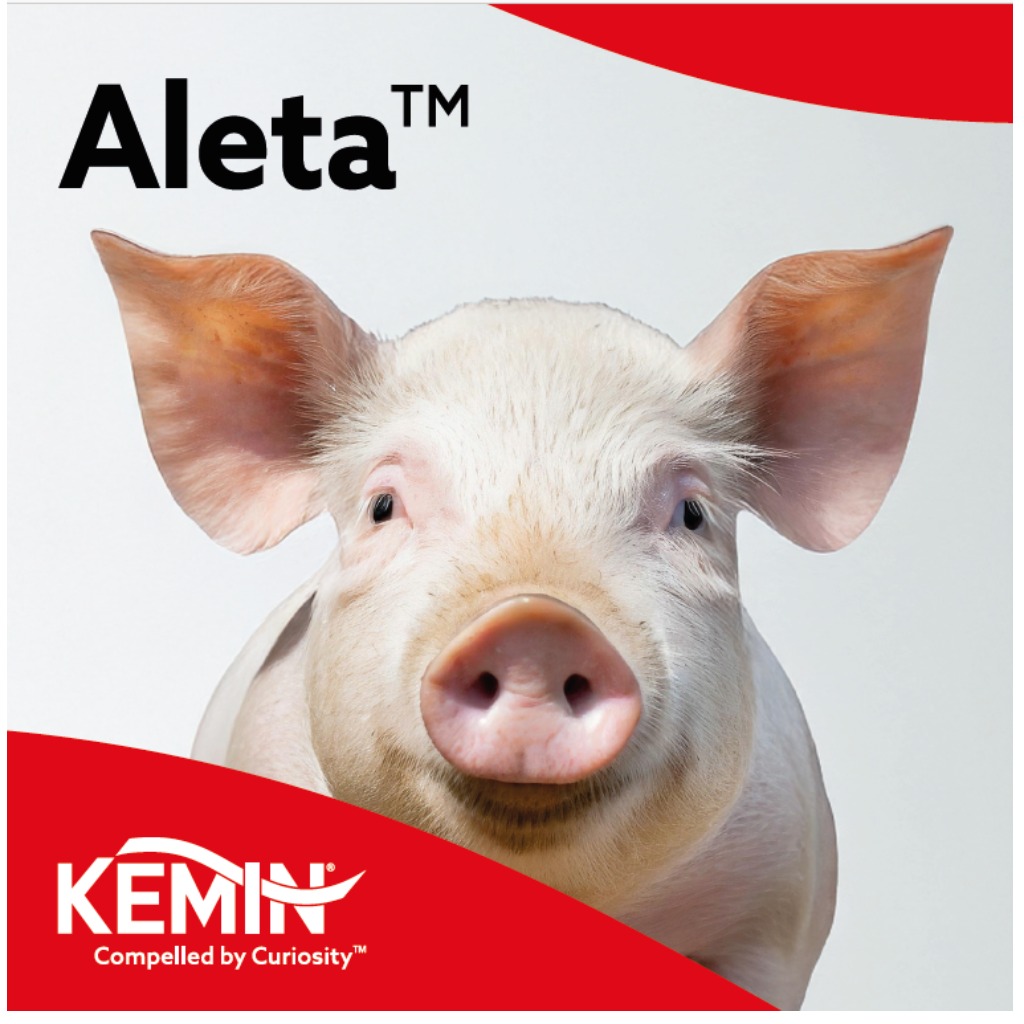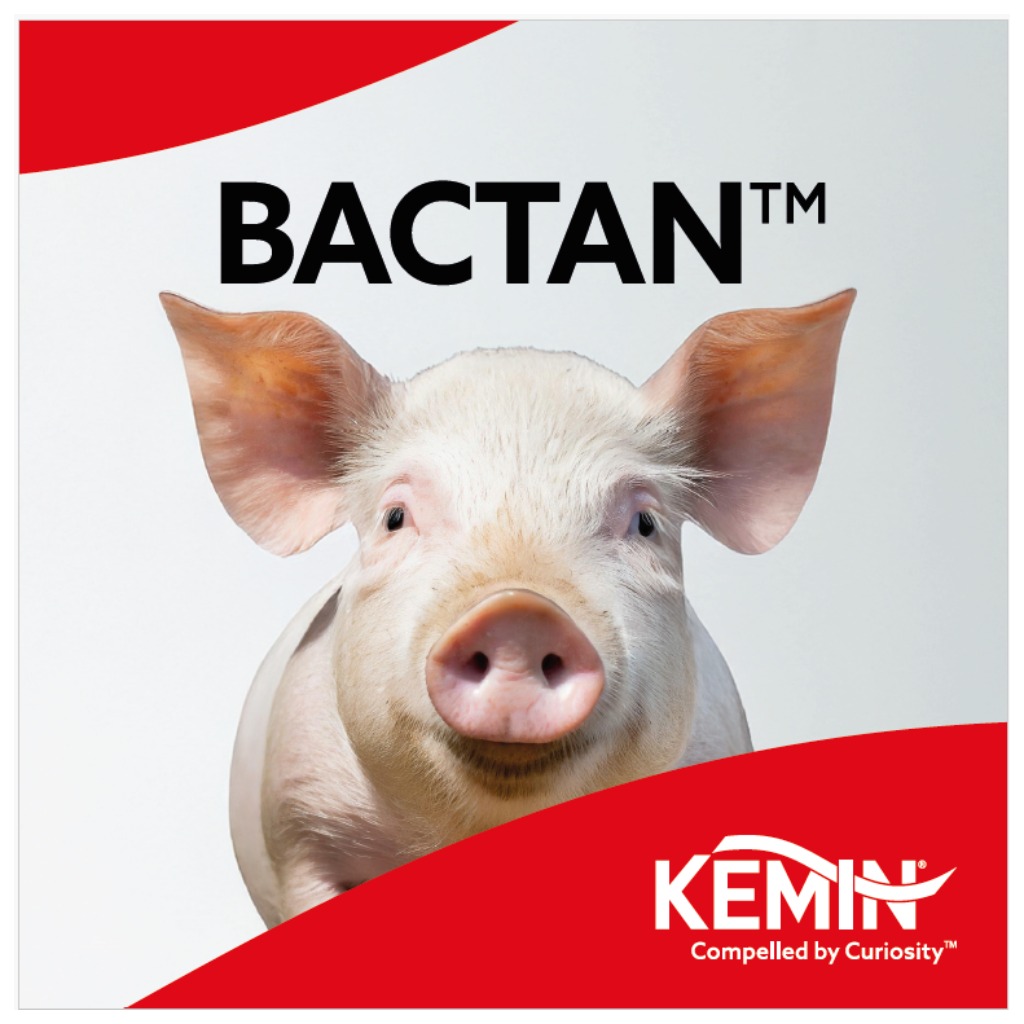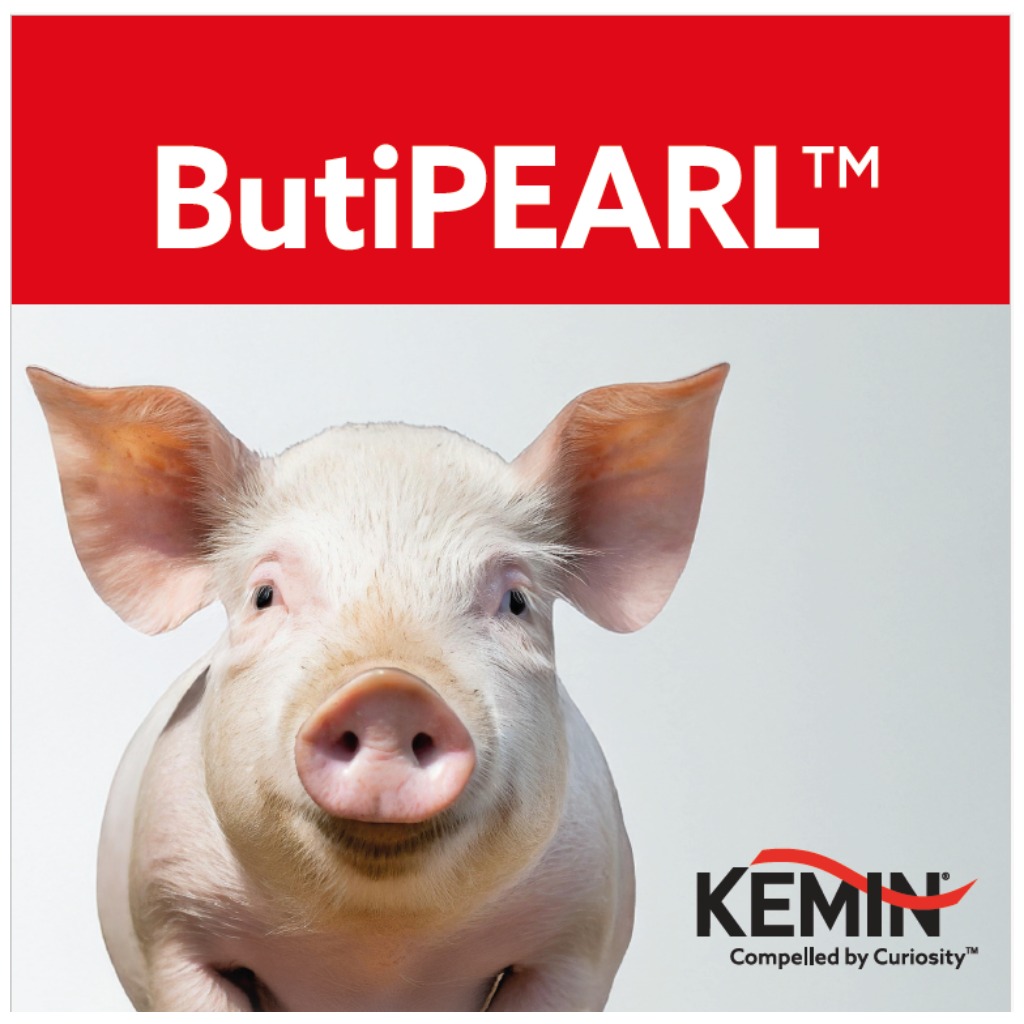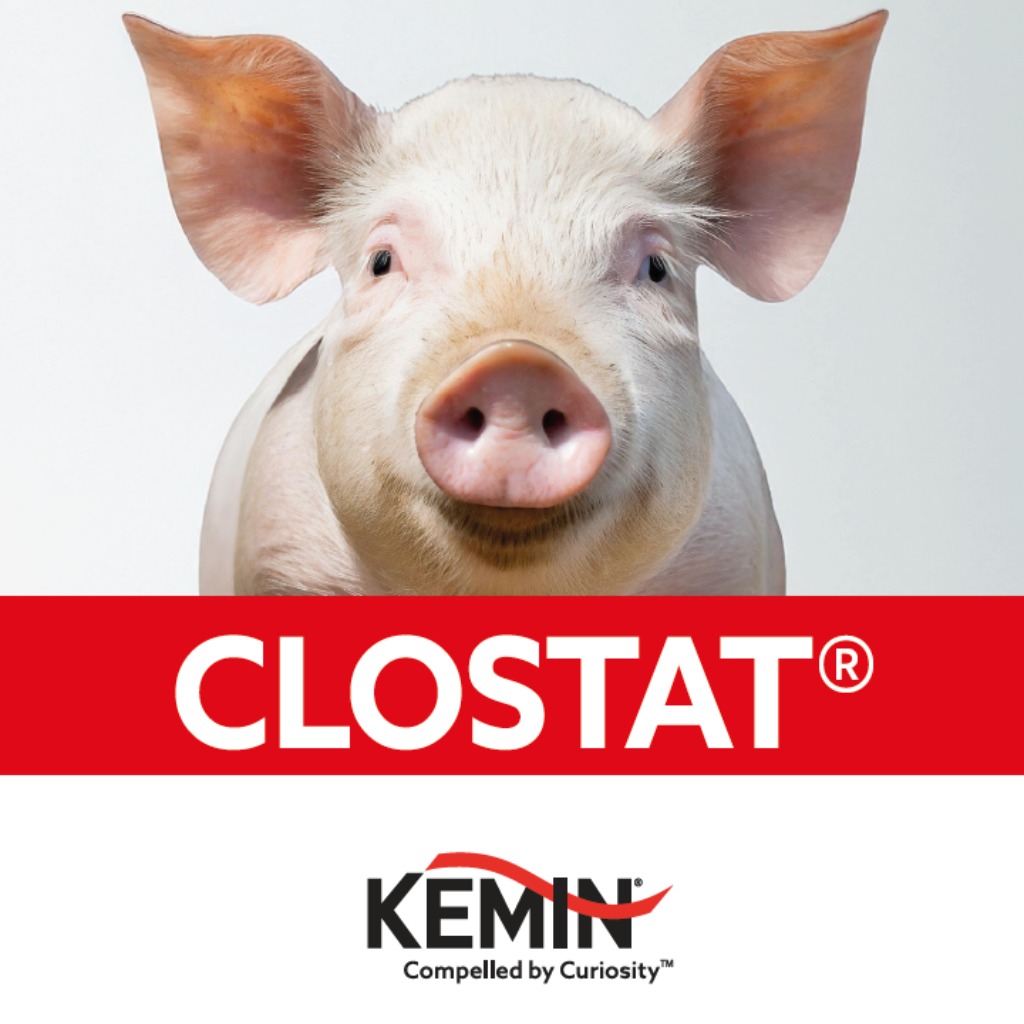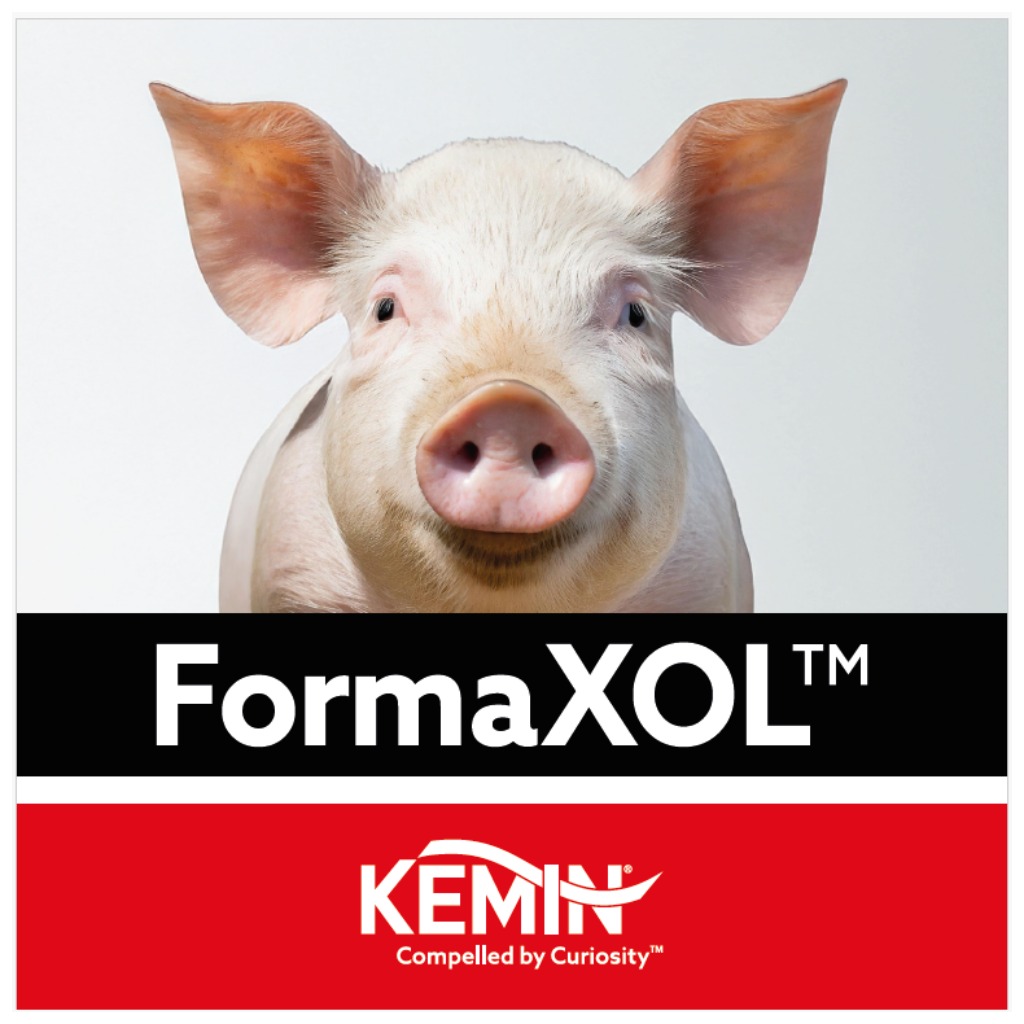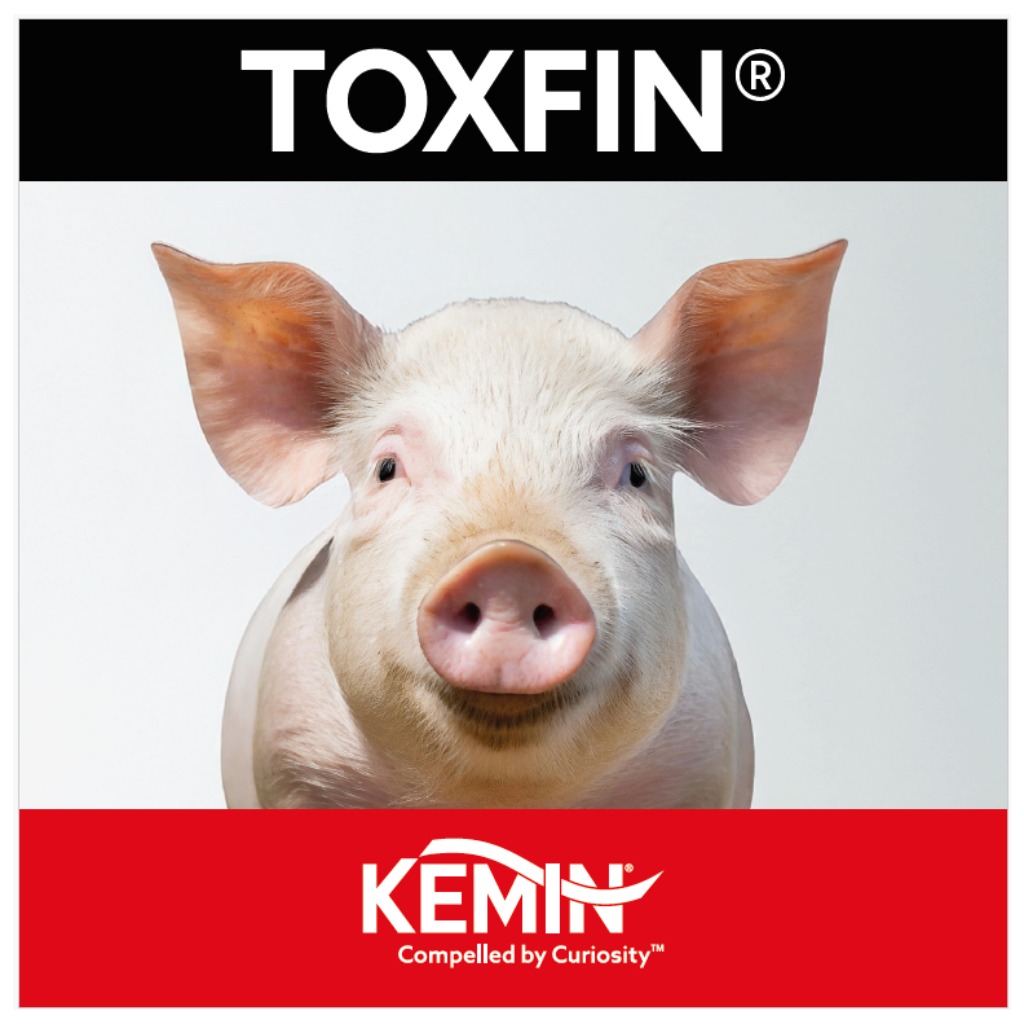Ensuring zoonotic freedom by utilizing organic acids and essential oils: Salmonella example
Several products are out there each of them with specific functions. As piglets are weaned with an immature digestive system and lack of acid production having free acids can be a good deal, as it will help not only with feed preservation but to acidify the stomach. But when they reach the first part of the gut the acid is detected by the intestinal cells and sends a signal to the pancreas which neutralises it. Due to these encapsulated acids are better suited for pathogen control.
- Effective target release: Ensures a sustained antimicrobial effect throughout the gut, reaching the jejunum, ileum, and colon where harmful bacteria thrive.
- Potent pathogen elimination: Once inside bacteria, the acids dissociate and effectively kill the pathogens.
- On their own, they are highly effective against enterobacteria. Combined with essential oils, they provide a powerful alternative to antibiotics for controlling and reducing Salmonella.
Let's explore some impressive field results from Spain:
- Commercial Trial in Spain: Conducted with a leading Spanish integrator.
- Salmonella Challenge: Addressing a high prevalence of Salmonella in slaughter pigs.
- Trial Design: Two groups of 500 pigs each, housed in separate barns, served as the control and treatment groups.
- Innovative Treatment: As detailed in Table 1, the treatment utilized encapsulated organic acids and essential oils (EOAO) for effective pathogen control.

- Before the trial, pigs were identified and analyzed for the presence of Salmonella antibodies, and all tested negative.
- At 80 kg, blood samples revealed a striking difference: 25% of pigs in the control group tested positive for Salmonella, compared to 0% in the treatment group as seen in Figure 1
Figure1: Positive Blood Samples from 80kg pigs
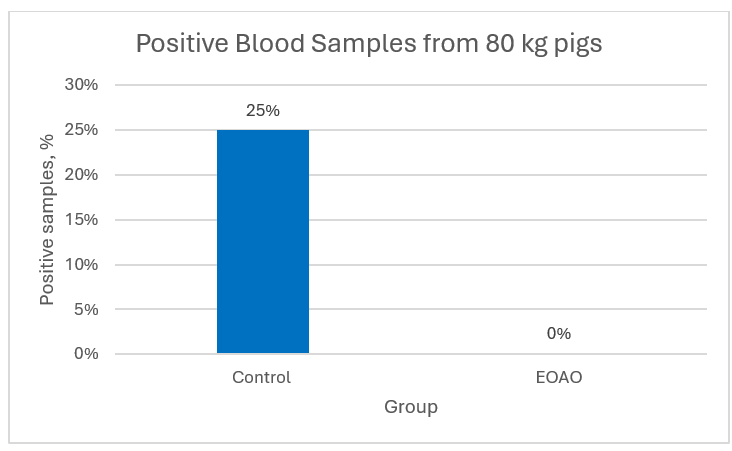
- Carcass analysis further highlighted the effectiveness of EOAO treatment, with only 4% of lymph nodes testing positive for Salmonella, compared to 12% in the control group. As seen in Figure 2
Figure 2: Positive Lymph nodes
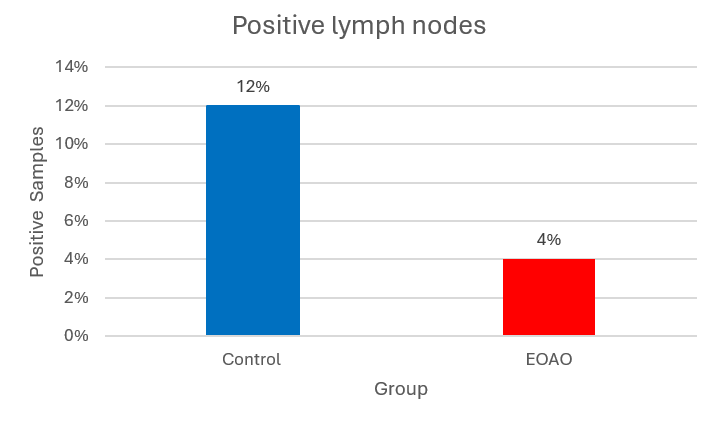
In conclusion, the use of encapsulated organic acids and essential oils has proven to be a highly effective strategy for reducing the prevalence of Salmonella in pigs. The results of the trials in Spain show a notable decrease in the presence of Salmonella in both the blood and lymph nodes of treated pigs. This innovative combination not only improves the health and well-being of the animals but also offers a powerful and sustainable alternative to traditional antibiotics, contributing to food safety and healthier pig production.
Contact:
Contact us using the following form.



